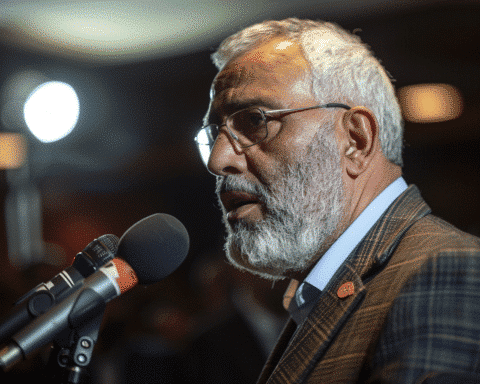In a significant development, four former professional soccer players, Jimmy Fryatt, Jimmy Conway, Jimmy Gabriel, and Franny Pantuosco, have been diagnosed with chronic traumatic encephalopathy (CTE), a degenerative brain disease associated with concussions and repeated head trauma.
The diagnoses, announced by the Concussion Legacy Foundation, mark the first CTE cases among players from the North American Soccer League (NASL), a predecessor to Major League Soccer (MLS).
The Dangers of Heading the Ball
Jimmy Fryatt, renowned for his exceptional heading abilities, had several diagnosed concussions during his career. Heading the ball is a technique commonly used in soccer, but it has raised concerns about potential brain injuries and their long-term effects.
Head Injury Summit Raises Questions
Amid growing concerns over head injuries in soccer, soccer officials are currently hosting a Head Injury Summit in Chicago, jointly organized by U.S. Soccer and the top American men’s and women’s professional leagues. The summit aims to address brain injuries within the sport and discuss potential measures for prevention and player safety.
However, the summit has faced criticism from CTE researchers and affected families, who accuse the organizers of downplaying the long-term effects of concussions and delaying the implementation of necessary preventive measures. Dr. Ann McKee, director of the Boston University CTE Center, expressed skepticism about the summit’s intentions, referring to it as a PR stunt lacking genuine commitment to tackling the issue.
Exclusion of Key Researchers Raises Concerns
One concerning aspect of the summit is the absence of researchers from the BU CTE Center, including Dr. McKee and Robert Cantu, both renowned figures in the field.
The exclusion of these experts, despite their extensive knowledge and contributions, raises questions about the summit’s credibility and inclusiveness in addressing the complex challenges associated with head injuries.
Growing Risk for Soccer Players
As the number of former soccer players diagnosed with CTE continues to rise, researchers anticipate a surge in reported cases among athletes who started playing the sport at a young age and are now reaching old age. CTE, a degenerative brain disease that can only be diagnosed posthumously, was found in the four players mentioned, with all exhibiting the most severe stage of the disease.
The Importance of Recognizing Brain Injuries
Dr. McKee highlights the significance of listening to the families affected by CTE and emphasizing the recognition of brain injuries in athletes. The impact of these injuries can manifest in problematic behaviors, including alcohol abuse and violent mood swings, often leading to strained relationships and families being uneducated about the underlying cause.
Moving Towards a Safer Future
The recent CTE diagnoses in former soccer players underscore the urgent need for comprehensive research, preventative measures, and increased support for athletes facing the long-term consequences of head injuries. It is essential for the sports community to acknowledge the severity of the issue, collaborate with leading experts, and prioritize player safety to ensure a safer future for athletes at all levels.
As the Head Injury Summit unfolds, stakeholders, medical professionals, and researchers must unite to address the challenges head-on and implement strategies that protect athletes while upholding the integrity and enjoyment of the sport. By considering the insights of experts like Dr. McKee and involving all relevant parties, the soccer community can work toward comprehensive solutions that safeguard the well-being of players and preserve the essence of the beautiful game.




